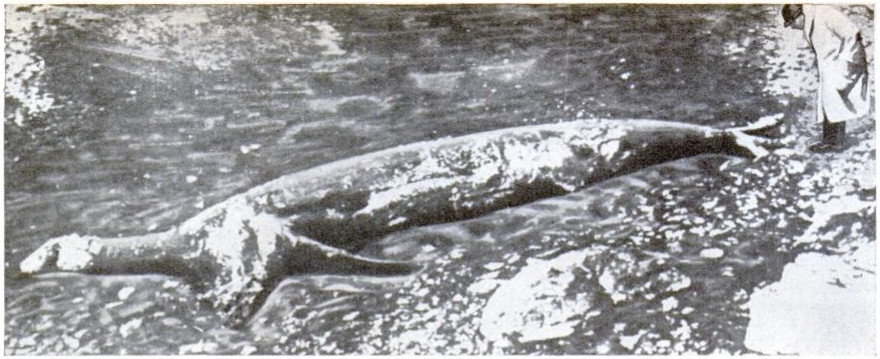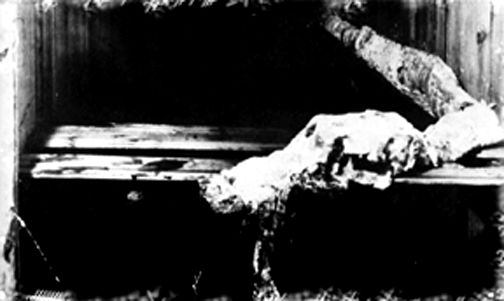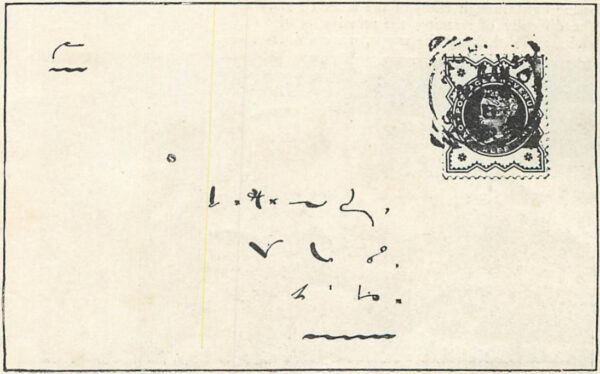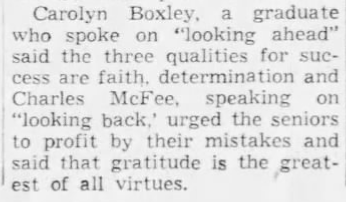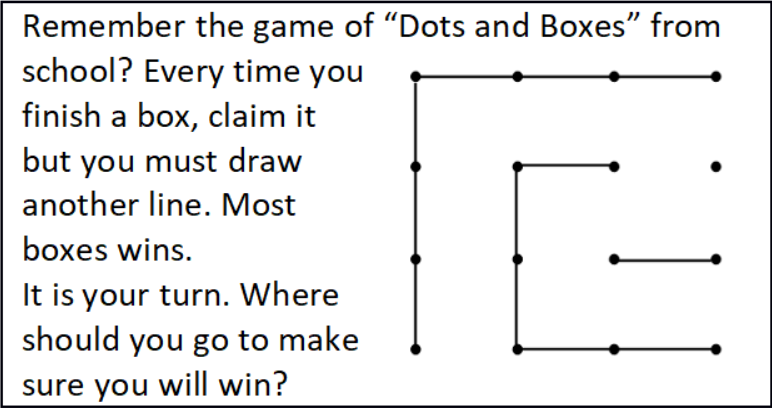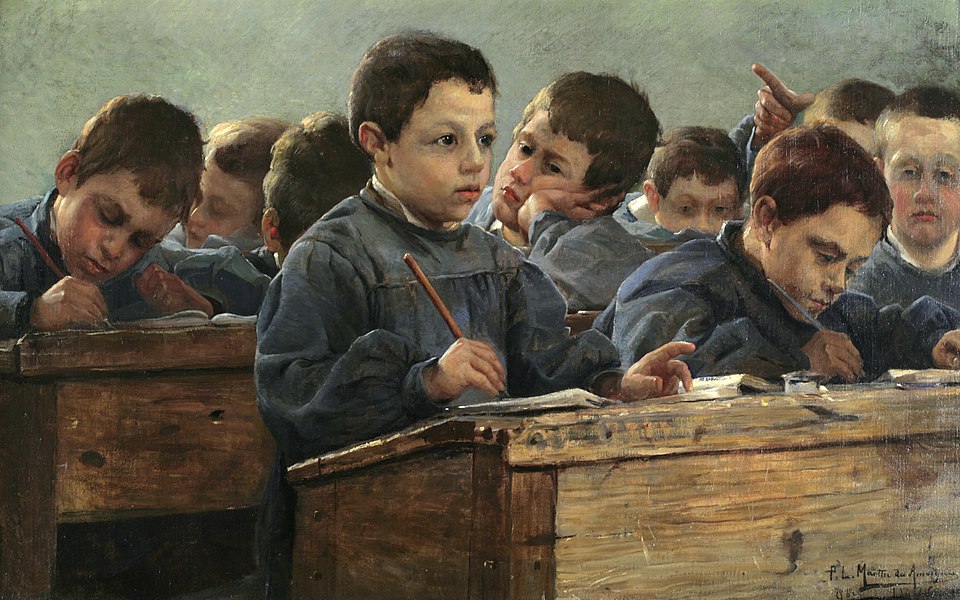
Beneath the charm-box is a small font. Each day every member of the family, in succession, enters the shrine room, bows his head before the charm-box, mingles different sorts of holy water in the font, and proceeds with a brief rite of ablution. The holy waters are secured from the Water Temple of the community, where the priests conduct elaborate ceremonies to make the liquid ritually pure.
— Horace Miner, “Body Ritual Among the Nacirema,” American Anthropologist, June 1956
(It’s satire. What’s Nacirema spelled backward?)

